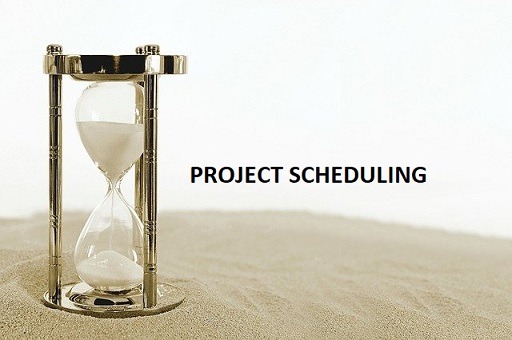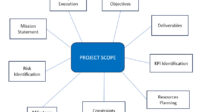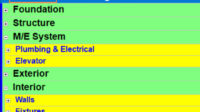Before the construction phase, the initial project schedule is usually made at the planning or design phase of a project. Usually, who is making the schedule at the planning or design stage is the consultant hired by the employee.

This schedule is made to determine how long the project duration and when it will be finished and calculate the estimated cost required.
The schedule that has been made during the design phase is used by the employer to verify whether the contractor’s program in the tender phase (for construction projects) is realistic.
In the construction phase, the project schedule is beneficial and needed, especially for the stakeholders with interest in the schedule being made.
There are several uses for project schedule based on each interested stakeholders, namely:
Contractor
1. Calculate the project completion date.
In most construction projects, the project contractor, including sub-contractors, has obligations to complete the project at the specified time, according to the contract on the project.
The contract may also contain a penalty if the project cannot be completed in a predetermined time. In this case, the contractor needs to ensure that the project can be completed according to schedule.
2. Calculating the start or finish date of certain activities.
Certain activities may require special attention – For example, the commencement date of material production, the date of the material received, the handover date of a particular area, and others.
3. Give an estimated date of the coordination between the contractor and the sub-contractor regarding the rental agreement, lease, service, or purchase of goods.
4. Predict and calculate cash flow.
With a detailed project schedule, the calculation of project financing can be done at the beginning in detail.
The activity completion will have an impact on project financing. Cost estimates are an essential factor for contractors or employees to consider.
Contractors and project owners need to know the project financing plan for each period of time (usually monthly) until the end of the project.
5. With the project schedule, work priorities can be identified so that work efficiency can be carried out.
For example, you can find out the critical path on a schedule so that you can give special attention (priority) to these critical activities.
The work steps are also carried out according to the logical relationship on the schedule.
6. As a means of controlling the project schedule.
With a project plan, the contractor can compare the project progress with the project baseline while the project is running.
If there is a delay, the contractor and the project owner can determine whether acceleration is needed or not and how many resources are needed.
7. To evaluate if there is a change in demand from the project owner.
Changes can be in the form of designs, directions, additional servicing, or reduced servicing.
These changes can have an impact on the schedule and budget of the project. It is the contractor’s obligation to submit changes in costs or schedule to the project owner for approval.
8. As evidence to claim the delay.
In this case, the contractor must be able to prove their claim in detail by using the baseline schedule.
Also read what is the gantt chart.
Employee
1. To get the project completion date.
Before the project owner enters into a work agreement with a contractor, it is important for the project owner to know the estimated time for the project completion.
This estimated date is calculated using the Critical Path Method by the design team (during the project design phase) or the project owner’s consultant team.
This date is important for the project owner before assigning work to the contractor to conduct the construction phase.
2. Ensure contractor planning can be completed on time.
The project owner may ask the contractor to provide a schedule at the auction time to ensure that the contractor’s planning is accurate and realistic.
3. To perform calculations and predict cash flow.
The project owner has an obligation to make payments to the contractor in accordance with the progress of the project during the project.
Late payment not only can result in additional costs but can also be considered a breach of contract.
4. As a tool for monitoring project progress.
The contractor uses the schedule as a baseline for running the project and correcting deviations and preparing a claim for progress achieved.
Meanwhile, the project owner uses a schedule to verify payments for the progress made by the contractor.
5. Evaluating the effects of changes.
The project owner may request a service changed from the contractor. In many cases, employers do not want the impact of changes to the planned budget and schedule.
With the initial planning (project schedule), employers can analyze the impact of changes to the schedule and budget that the contractor may claim.
6. Verify delay claims.
The baseline schedule is important to analyze the delay claims made by the contractor. Although contractors make most of the claims for delays, employers may make claims against contractors who do the delay.






